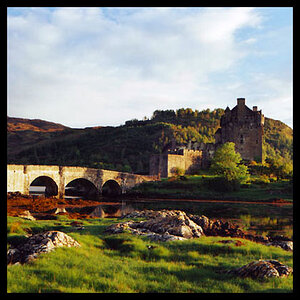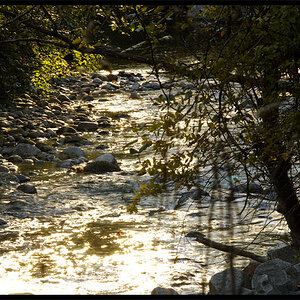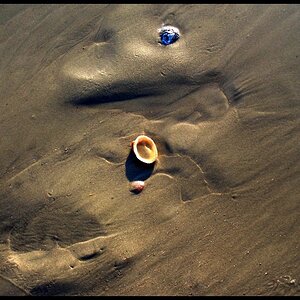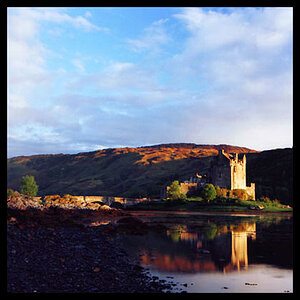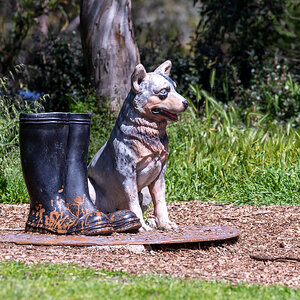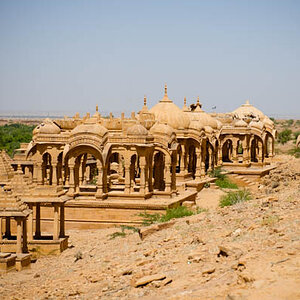goooner
Been spending a lot of time on here!
- Joined
- Oct 4, 2014
- Messages
- 2,376
- Reaction score
- 1,074
- Location
- Germany
- Can others edit my Photos
- Photos OK to edit
Still trying my hand at this B&W 'thing'. I need some guidance in this 'field' of photography, so C&C is more than welcome.
#1

#2

#1
#2
Last edited:



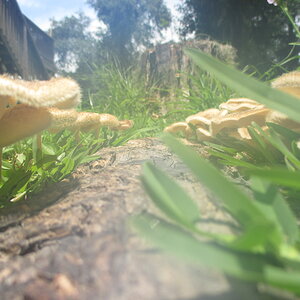

![[No title]](/data/xfmg/thumbnail/37/37488-1946adf246ec6e047915c668d3dcff15.jpg?1619738111)
